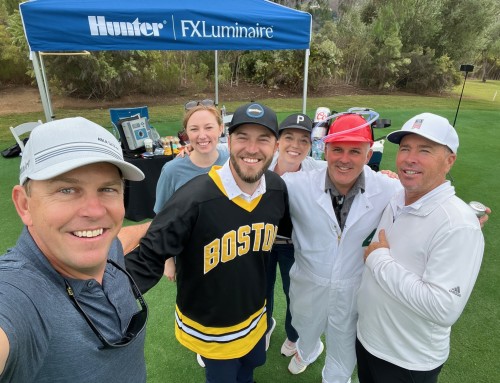The Green Streets event introduced the concept of green streets and examined how to achieve its numerous beneficial components in the San Diego region regardless of design and policy barriers. The event addressed the current green streets landscape in San Diego and then examined potential policy solutions such as alternative compliance. Two case studies were examined to reveal lessons learned and potential challenges or solutions in order to learn about methods to facilitate more green street projects in the region.
Moderated by Mike Singleton from KTU+A.
Mike introduces the concept of green streets as it relates to complete streets and storm water management. The he will discuss how to bridge the gaps between the three professions of planning, engineering and landscape architecture on green streets.
View a PDF of Mike’s presentation here.
First Speaker – Green Streets Policy Update: Bob Leiter former Planning Director of SANDAG
Bob discusses the state of policy around green infrastructure in San Diego and how it relates to green streets. This discussion will address the utilization of credits to fulfill alternative compliance. Finally, Mr. Leiter will reveal what is standing in the way of getting alternative compliance across the finish line and how can these obstacles can be overcome.
View a PDF of Bob Leiter’s presentation here.
Second Speaker – Green Streets Policy Update: Kathy Garcia from City of Del Mar
Kathy addresses how the challenges to implementing alternative compliance for green streets can be overcome. She provides examples for how cities in the region could implement policies that will allow projects to utilize green streets to fulfill alternative compliance.
View a PDF of Kathy’s presentation here.
Third Speaker Case Study: Rick Barrett from MIG
Rick speaks about his project the 14th Street Promenade and points out green street projects just don’t concern themselves with stormwater management there are numerous other benefits to green streets that can be utilized to fulfill any number of policy initiatives from Climate Action Plans, Mobility Plans, Vision Zero, and Utility Updates. Rick addresses how this large number of components can create design, engineering, and coordination challenges and how to address them.
View a PDF of Rick’s presentation here.
Fourth Speaker Case Study: Phil Armstrong from Lightfoot Planning Group
Phil speaks about how his City of Oceanside project, located on Mission Blvd., in terms of how challenges were overcome throughout the planning, design, and construction phases. Special attention is be paid to how the added value of a green street contributed to the ability to complete the project. Mr. Armstrong also speaks to the potential of alternative compliance and how could this project could have theoretically utilized an alternative compliance option.
View a PDF of Phil’s presentation here.
Q&A
After the four speakers have concluded, a question and answer session was provided for the speakers to interact with each other and the audience.
Useful Resources
San Diego Regional Urban Forestry Council (SDRUFC):
https://caufc.org/programs/regional-councils/san-diego-regional-urban-forests-council/
Contact Person: Anne S. Fege, Ph. D., afege@aol.com 858-472-1293
County of San Diego BMP Design Manual:
http://www.sandiegocounty.gov/content/sdc/dpw/watersheds/DevelopmentandConstruction/BMP_Design_Manual.html





